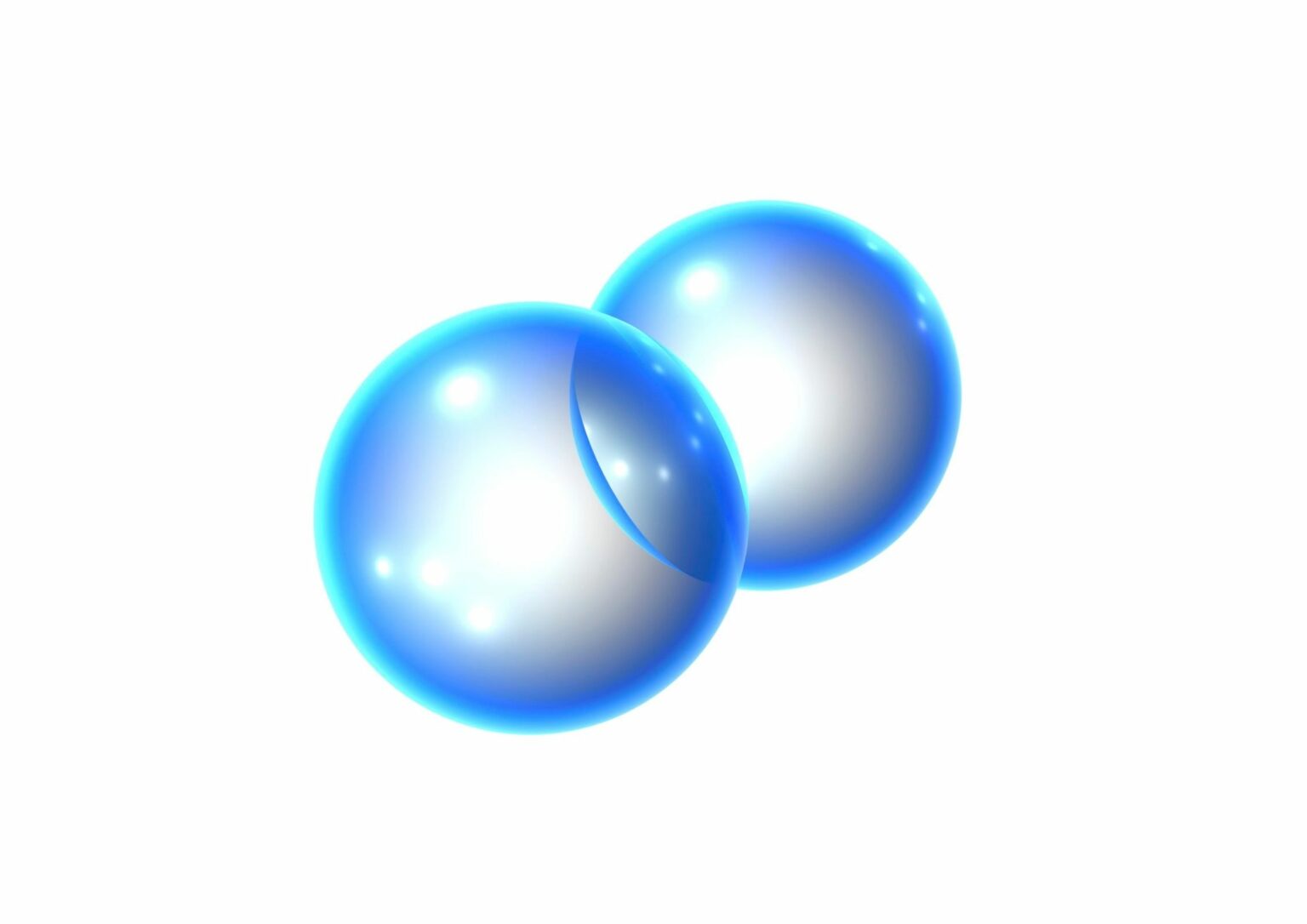Hysata, an Australian company, claims to have developed the world’s most efficient electrolyzer, boasting an impressive 95% efficiency.
With a recent $111 million funding round, the company aims to scale up production and reduce the cost of green hydrogen. However, while the technology is promising, it faces significant market challenges that could impact its adoption.
Hysata’s electrolyzer, based on technology from the University of Wollongong, stands out due to its 95% efficiency, significantly higher than the 75% efficiency of conventional electrolyzers. This efficiency translates to using 41.5 kWh of energy to produce a kilogram of hydrogen, compared to the typical 52.5 kWh. The key innovation lies in eliminating gas bubbles in the electrolyte, which reduces resistance and improves contact with the electrodes.
Despite these technological advancements, the broader market context presents substantial hurdles. According to BloombergNEF, the current issue is not the supply or efficiency of electrolyzers but the demand. Many electrolyzer manufacturers, including Hysata, operate in a market where demand is lagging due to slower-than-expected subsidy rollouts in the US and EU. This delay has caused developers to postpone or cancel orders, leading to financial losses across the industry.
The market’s financial strain is evident. Only one pure electrolyzer company turned a profit last year, with others reporting losses up to $1.4 billion. This situation is exacerbated by an oversupply of electrolyzer production capacity. By the end of 2023, global capacity was seven times greater than the expected delivery for 2024, with plans to more than double this capacity by 2025. New manufacturers entering the market further intensify the competition.
While Hysata’s technology could reduce operational costs for hydrogen producers and make green hydrogen more competitive, it doesn’t address all the inefficiencies in the hydrogen supply chain.
